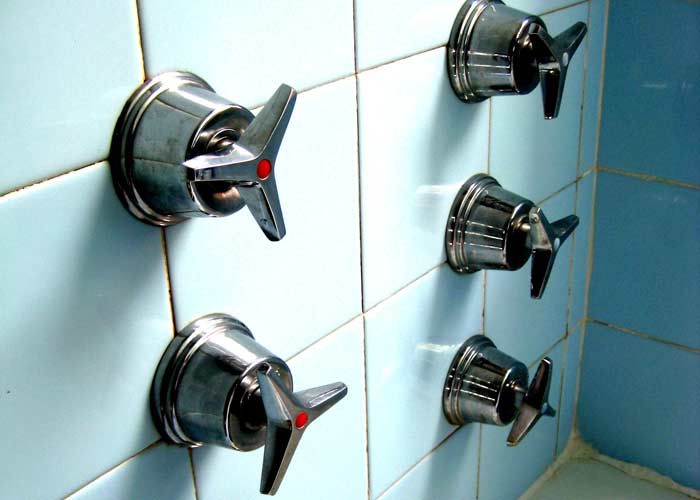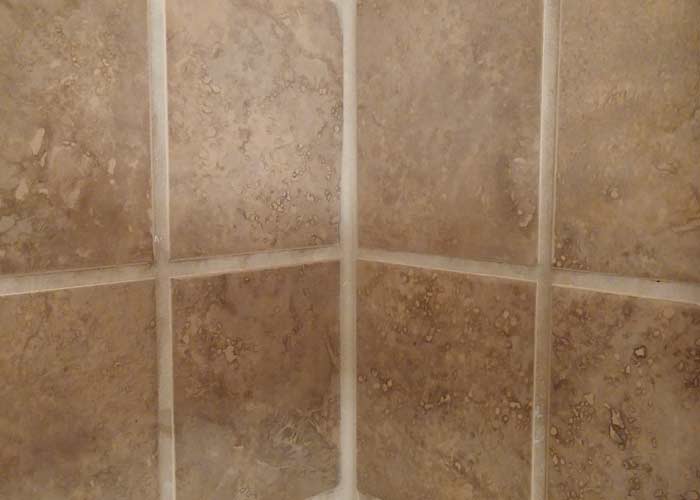So, your tile floor always looks dirty despite you cleaning regularly. Perhaps it’s the grout that’s causing the problem. Tile grout that’s stained and dirty looks unsightly, and no matter how often you mop your floors, it will never look clean because of the old grout.

The good news is, grout can be easily replaced. If your tiles are still in good condition, regrouting is indeed an excellent solution for you. That said, if you’re planning to DIY this project, you should take first a pause and read this guide from an award-winning handyman:
What Is a Flooring Tile Grout?
Tile grout can refer to different materials used for the filling, sealing, and buffering of the area between each tile on a floor. Grout typically has some yield and is used for hard tile installation because the natural contraction and expansion of the materials can lead to cracking when they push against each other.
How Is Tile Grout Used?
When hard tiles are installed, the pieces are applied in a way that there are gaps between them to avoid cracking should they expand or contract when temperature shifts. However, these gaps are vulnerable as they could allow in moisture or germs. That’s where you install grout to seal the lines between those tiles with a resilient material that can withstand a lot but can still yield enough to buffer any expansion or contraction.
What Flooring Materials Require Grout?
Stone tile flooring materials need grout. These include granite, limestone, marble, slate, travertine, quartz, sandstone, and onyx. Clay-based materials like brick and ceramics also need grout to prevent cracking. Glass, plastic, and stone mosaic tile floors also need them. In some cases, the grout may also be used decoratively for concrete flooring.
Application of Flooring Grout
Generally, hard tile flooring is installed using rubber spacers placed at every corner of each tile. These create a straight and even line and space between the tiles when applied to the adhesive backing. Once the adhesives are dry, grout is then applied. If porous tile materials are used, sealing should be done before this because it can be messy.
Grout is often sold in boxes or bags. You then need to mix it with water until you get a clay-like consistency. This is then applied to those open gaps between the tiles using a grout float. It’s recommended to apply more grout than needed to make sure that it sinks to the bottom, fills the gaps, and seal the flooring tightly.
Once the grout is perfectly applied, the excess should then be wiped away with the grout float. Don’t worry about streaks on the tiles because these can be easily washed away with warm water. You just need to wait until the grout is completely dry. This should take about 24 hours to set.

Conclusion
Tile grouting may seem easy, but it’s actually a complicated task that requires the expertise of handymen who know how to do it the right way. When done incorrectly, your floor could be susceptible to water stains, mold and mildew growth, and other issues. Because you don’t want that to happen, it’s best that you leave it to experts.




